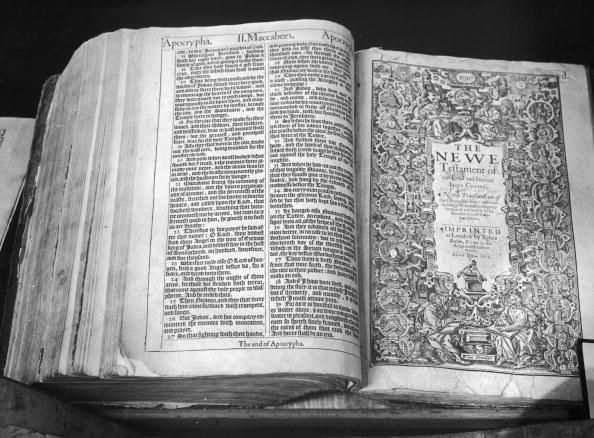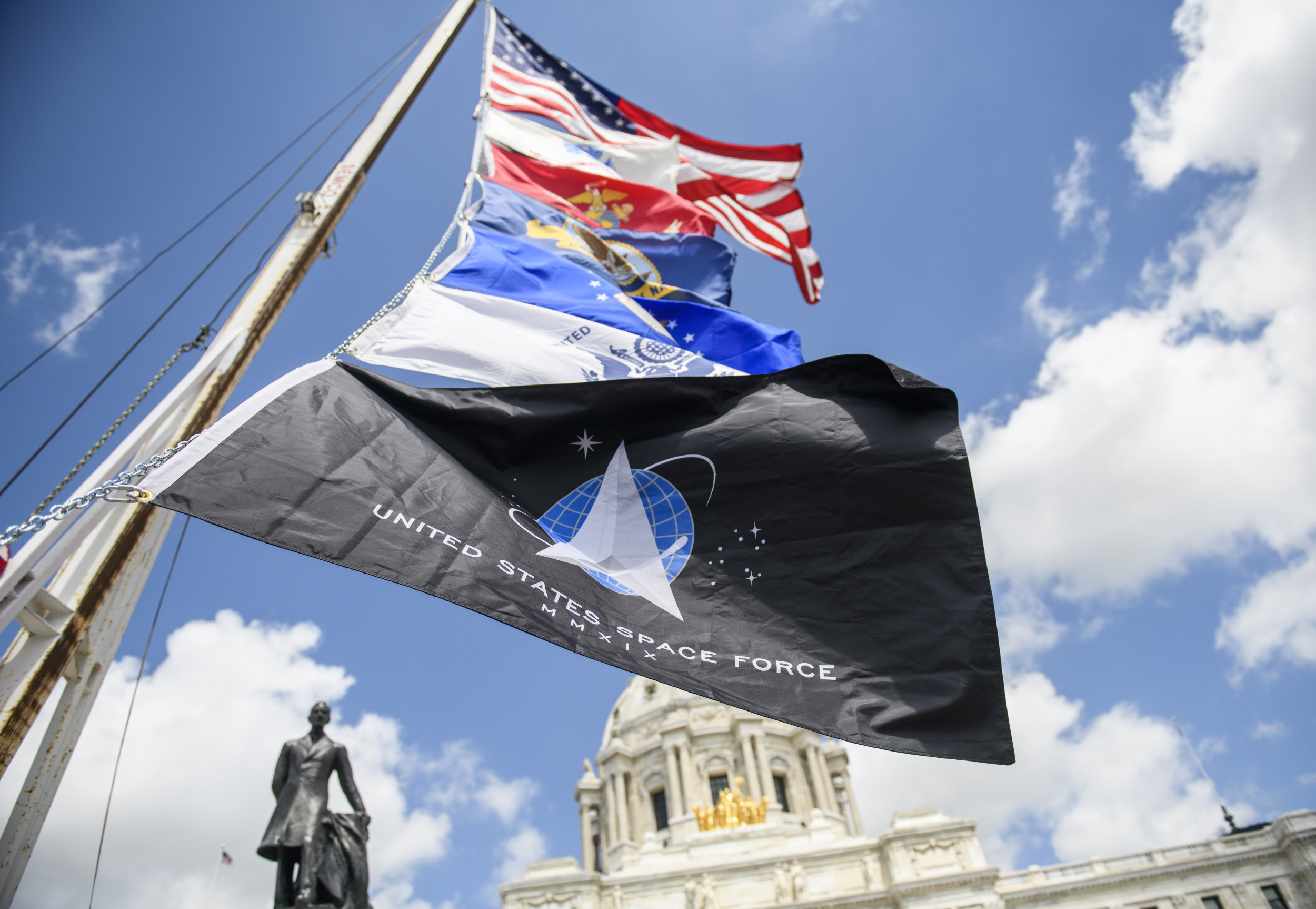
After decades of impatient speculation, experts will finally be able to look inside the mysterious Christian manuscript known as M.910 using an X-ray scanner. The pages of the ancient text are so fragile that despite their tempting contents, researchers haven't been willing to risk touching them.
Biblical scholars have been waiting for a clear shot at M.910 ever since it arrived at New York City's Morgan Library in the early '60s, according to Iowa Public Radio. It was written by Coptic monks in Egypt, possibly as early as the fourth century but more likely in the fifth or sixth, and is believed to contain an early version of the Acts of the Apostles, the fifth book in the New Testament. Paul Dilley, an assistant professor of ancient Mediterranean religions at the University of Iowa, said the beginning of M.910 was opened in decades past, revealing a few pages of Acts in a Coptic translation.
"We can't be sure [what's in it], but every bit of evidence is precious, especially from a book this old—there aren't many witnesses of the Bible from this period," Dilley told Newsweek. "Every one of these ancient biblical manuscripts is a little bit different, so there are bound to be some interesting textual variants. It's not out of the question that there's another writing in the codex that we can't see."
A computer scientist, a Coptic scholar, and a librarian walk into the basement of the Morgan Library… via @melvillehouse https://t.co/4mmsMoyMEB
— Paul C Dilley (@BabelAlexandria) January 20, 2018
The X-ray images were taken in December 2017 and are currently undergoing processing. From rough estimates based on context clues like number of pages, size of script and number of letters per page, Dilley believes it's likely M.910 only contains the Acts. But it's possible it could contain excerpts from other texts, or even a scribal note detailing who paid for the manuscript and when and where it was copied.
While Dilley said he's seen papyrus manuscripts that had fused together because of moisture, M.910 has something of the opposite issue.
"It's actually desiccated," Dilley said. "Heat damage has caused it to shrink a little, but also the pages have...kind of warped together. It seems like an ember or something fell on it and burned it."
A unique problem the manuscript presents is that it's double-sided. A single-sided manuscript like a scroll is easier to scan, especially when the parchment is this thin and worn, because the X-ray can't always distinguish whether the ancient ink belongs to one side or the other, so they read as jumbled together. Dilley said some preliminary images came back as a sort of "alphabet soup."
Fascinating blog post by my friend Melissa Moreton at the Iowa Center for hte Book: Revealing the Secrets of an Early Coptic Manuscript @UICtrBook https://t.co/ZXLIR0LwwK pic.twitter.com/LWn3SonVTl
— Karen Christianson (@KACNewberry) January 7, 2018
That's not at all to say that he and his colleagues don't expect to be able to read it—they do—just that it remains to be seen how complicating a factor it will be in the end.
Dilley and his colleagues plan to work through the book back to front. The back presents the less known quantity, and it's also where the scribal note would be found if the book does indeed contain one.
"Whether we'll be able to perfectly read the entire codex is doubtful, but a lot of the value will be in establishing this procedure [itself] and determining just how one goes about doing this," Dilley said. "And reading and publishing some of it hopefully."
Uncommon Knowledge
Newsweek is committed to challenging conventional wisdom and finding connections in the search for common ground.
Newsweek is committed to challenging conventional wisdom and finding connections in the search for common ground.
About the writer
Kastalia Medrano is a Manhattan-based journalist whose writing has appeared at outlets like Pacific Standard, VICE, National Geographic, the Paris Review Daily, ... Read more
To read how Newsweek uses AI as a newsroom tool, Click here.








